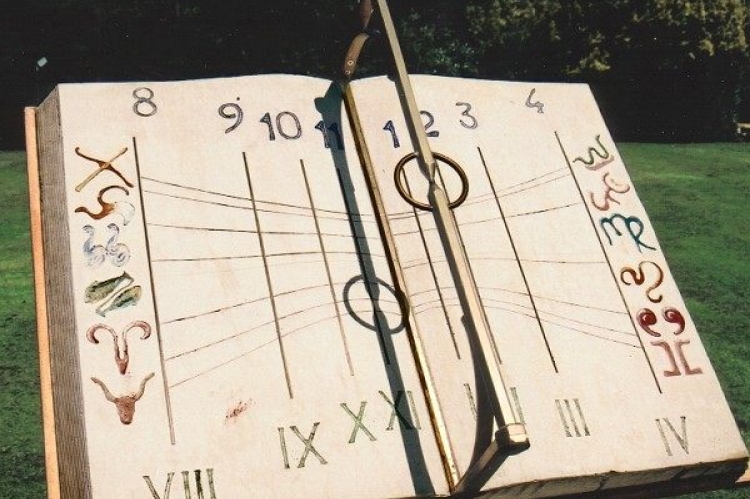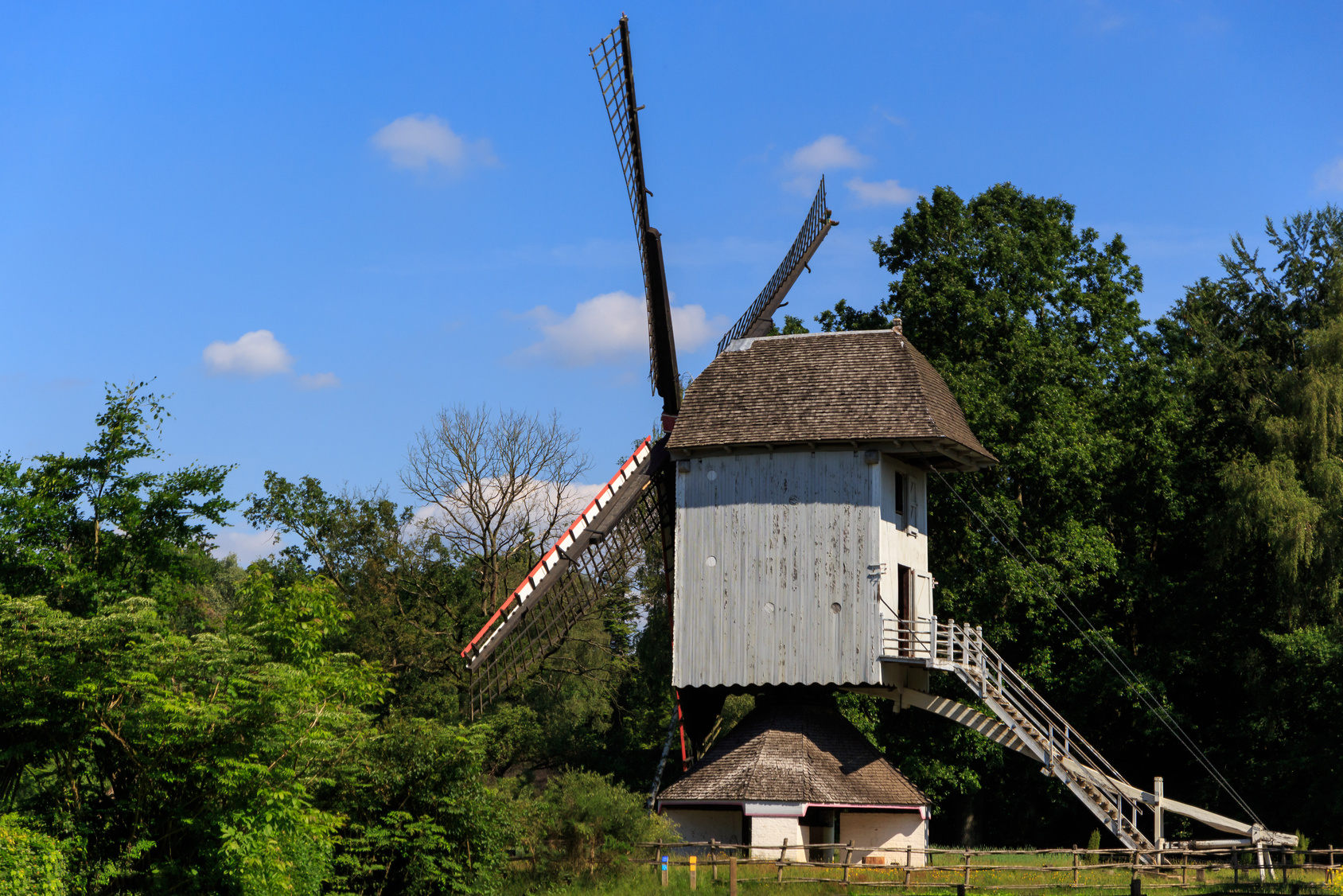When it comes to cities in Europe, Genk is something of a baby. It’s located in the Limburg province of Belgium and was only officially declared a city as recently as 2000. Since then, however, it’s been voted the friendliest city in Europe and, with more than 84 nationalities represented amongst its population, it offers a welcome that’s cosmopolitan as well as friendly.
History
Genk was originally a collection of smaller villages dating back as early as the 10th Century. Up until 1900 it remained sparsely populated and attracted a population of only 2,000 people. A significant number of the inhabitants were writers and artists attracted by the tranquillity of the location and the beauty of the surrounding landscape.
All of this changed in 1900, when coal was discovered in Genk, leading to the development of three separate mines and a massive boom in the population. Today, as is the case in much of Europe, the mines have been closed down, but Genk continues to re-invent itself and develop a distinctive personality of its own. The elevation to city status was merely the latest step in this ongoing process.



